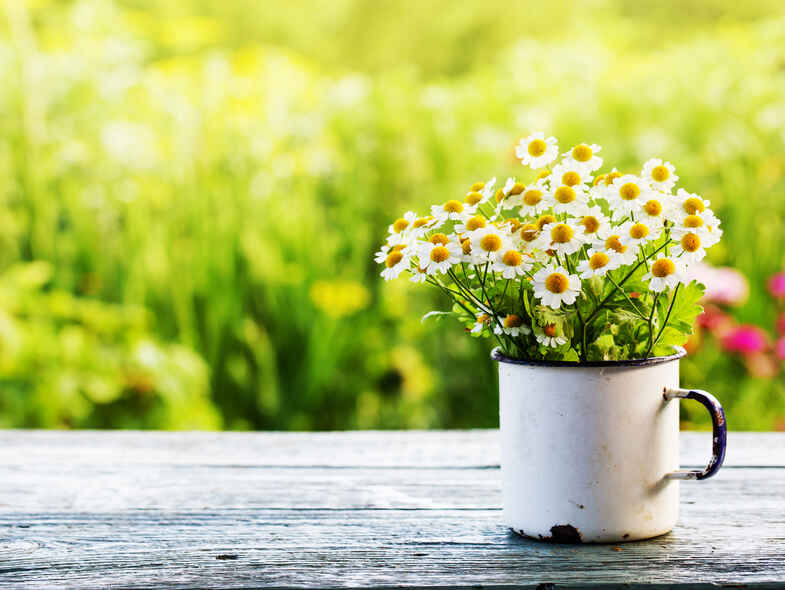Spring has finally sprung across the nation’s capital. The flowers are blossoming, the bright yellow Golden Wattle trees are coming to life and the days are longer and warmer. Spring is the time to get outside and leave the winter chill behind, but for asthma and hay fever sufferers, it can be a challenging and often dreaded time of year.
It’s well known that Canberra is the hay fever capital of Australia. Come springtime, the rate of asthma and hay fever cases skyrockets across the territory. In 2017–18, the Australian Institute for Health and Welfare found that 29% of people living in the ACT experienced hay fever (allergic rhinitis) — the highest across all Australian states and territories.
However, with the right precautions and treatment, Canberrans can keep allergies under control and still enjoy the season. Here are some helpful tips to manage your health and allergy symptoms over spring.
The great outdoors
Suffering from asthma and allergies can really put a dampener on the spring season, and while avoiding the outdoors may be tempting, it is often unavoidable. When going outdoors, avoid doing so when pollen counts are high. Peak pollen times are usually in the morning, at dusk, and on warm, windy days.
According to the Canberra Pollen Count and Forecast service, the ACT community should expect increased levels of grass pollen to appear in the first week of October and peak in November. However, some sufferers will experience hay fever and asthma symptoms throughout summer and up until March.
When you do venture outside, opt to drive or catch public transport. If driving, ensure all windows are closed and set vents and air conditioning to recycle to prevent the outside air coming in.
If walking or cycling is your only option during peak pollen times, use sunglasses to protect eyes, wear a hat to cover your hair, and cover your mouth and nose with a mask or scarf. These measures will help to alleviate symptoms and prevent pollen and allergens from entering the airways.
Before heading outdoors, check the local weather report or visit www.canberrapollen.com.au to get a daily pollen count and forecast of grass pollen levels in the air.
In the home
Keeping allergies at bay inside the home is as much about prevention as it is about management, but it doesn’t have to be difficult or time-consuming. Start by keeping windows closed and if you need cool air, turn on the air conditioning.
Regular cleaning is an effective way to clear the home of allergens, but be mindful of hazardous fumes from cleaning products and disturbing dust and dirt when vacuuming and dusting.
Airborne particles will likely aggravate symptoms so wear a mask when cleaning as well as when emptying bins and vacuum cleaners. If you’ve been outside, remove shoes at the door before going back into your home. If you suffer badly, remove and wash any clothes worn outdoors, and shower and wash your hair. It is especially important to shower and put on new clothes before going to sleep to prevent dust and pollen from getting into sheets and bedding. If you haven’t already done so, consider buying allergy covers for pillows and mattresses.
If you have pets, try not to let them on the couch or in the bedroom. If you have dogs that spend time both indoors and outdoors, consider washing them more regularly, along with their bedding.
A helping hand
With the right treatment, you can keep allergies and asthma under control and still enjoy spring and being outdoors. Seek advice from your local chemist about over-the-counter treatments such as antihistamines, or visit your doctor to see if prescription medicines can help relieve symptoms. Other ways Canberrans can tackle asthma and hay fever this spring is with two free mobile apps. Developed by the ANU, the Canberra Pollen app provides real-world pollen count data between 1 October and 31 December and identifies the capital’s hay fever hot spots. It also has a built-in survey so users can rate their symptoms each day, which then contributes to national research. Another helpful app is AirRater. Launched in 2015, it tracks a user’s symptoms and monitors the local air quality for smoke, temperature and pollen. It aims to help users identify the conditions that trigger symptoms and then generates alerts when these triggers are elevated.





